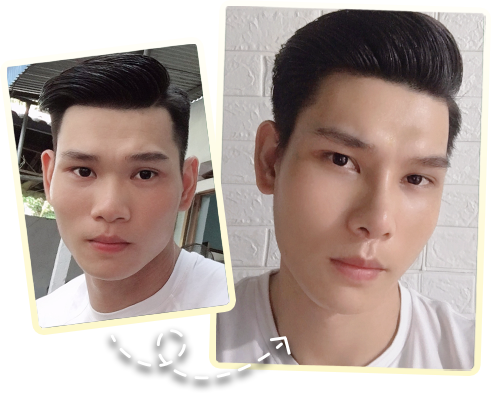
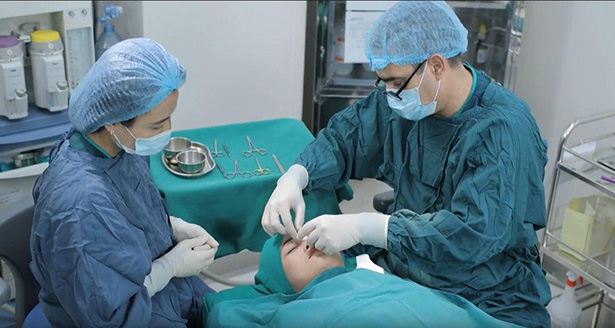
Là công nghệ độc quyền tại Thu Cúc, nâng mũi Biscell sử dụng sụn 2 lớp Bistool Softxil kết hợp dao mổ RF giúp hạn chế tối đa xâm lấn, mang lại hiệu quả thẩm mỹ toàn diện.


Dao mổ RF đốt cầm máu chính xác cùng tinh chất P'Cell được sử dụng mang lại đôi mắt tinh anh, 2 mí sâu rõ nét, xóa mờ nếp nhăn và vết chân chim ở mắt.


Sở hữu đôi gò bồng căng mềm, cân khít, khe Y-line quyến rũ với nâng ngực Nano Plasma - phương pháp phẫu thuật không dùng chỉ, sử dụng dao mổ Plasma ít xâm lấn, lên dáng sau 7 ngày.
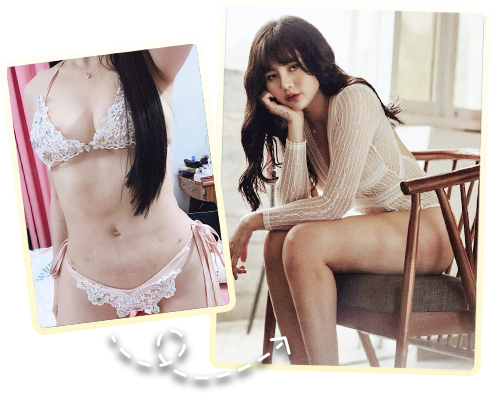

Điêu khắc đường cong hoàn hảo với dịch vụ hút mỡ nâng mông Ultra Body Shape độc quyền tại Thu Cúc. Đây là phương pháp nâng mông bằng mỡ tự thân ứng dụng công nghệ chuẩn Mỹ, giúp bờ mông đầy đặn, săn chắc với số đo vòng 3 lý tưởng.


Công nghệ hút mỡ tân tiến sử dụng sóng siêu âm Ultra Sound kết hợp cùng 50 loại đầu hút giúp loại bỏ mỡ thừa xơ cứng nhất, giảm tối đa xâm lấn, được FDA chứng nhận an toàn, hiệu quả.


Cấy mỡ Ultra Fat mang lại vẻ đẹp tự nhiên, "x2" hiệu quả với công nghệ PRP vừa giúp làm đầy vùng khuyết điểm, vừa tái tạo làn da trắng sáng, mịn màng sau khi cấy.
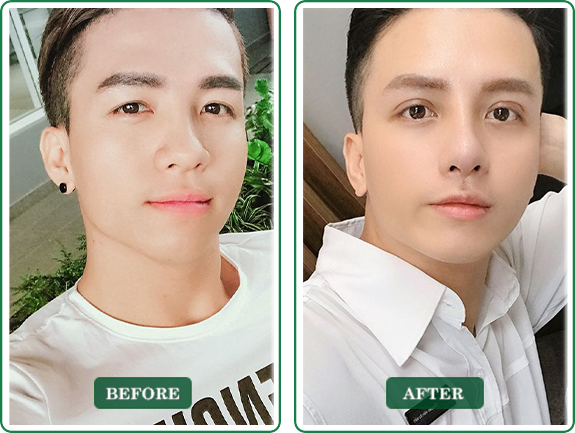
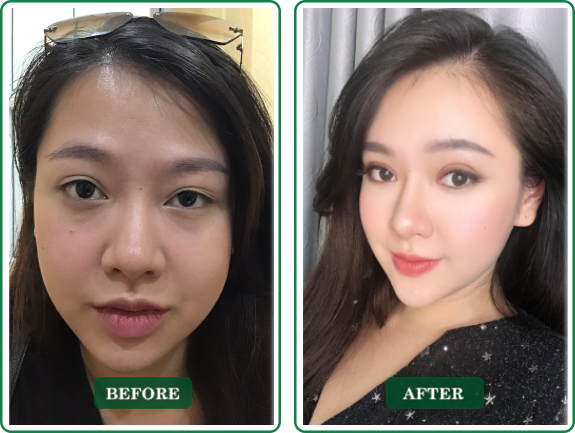
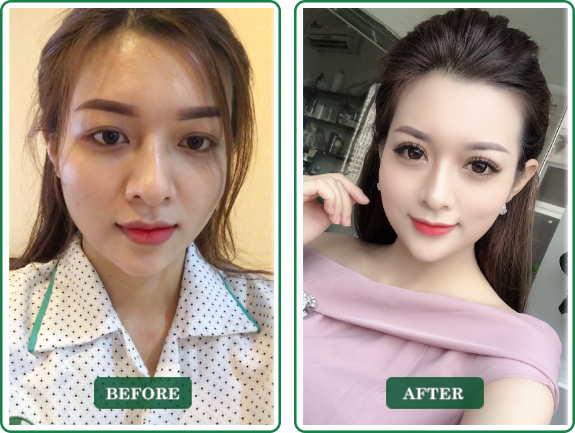


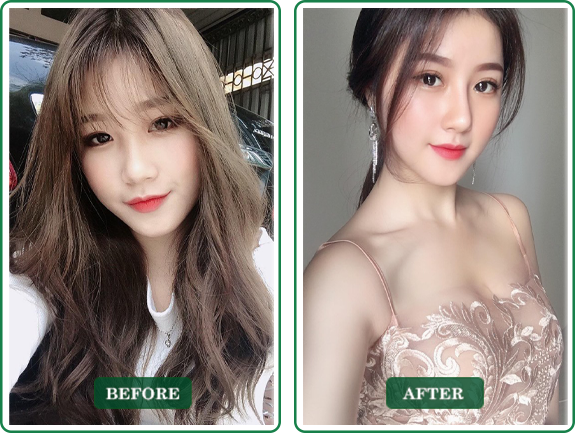
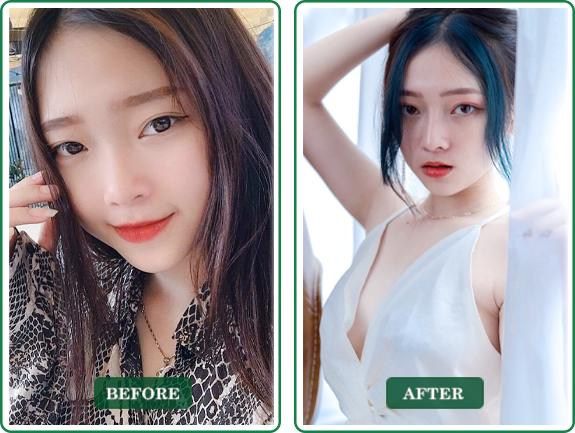
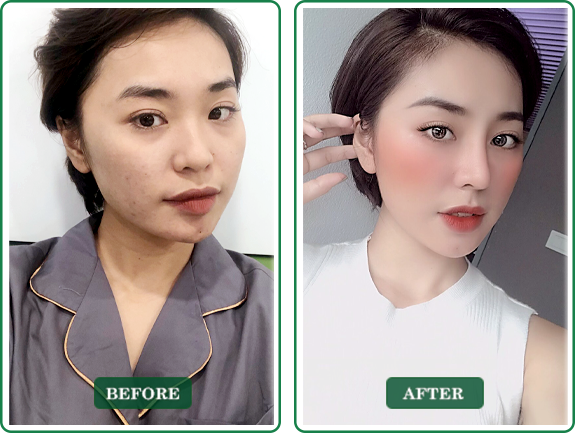
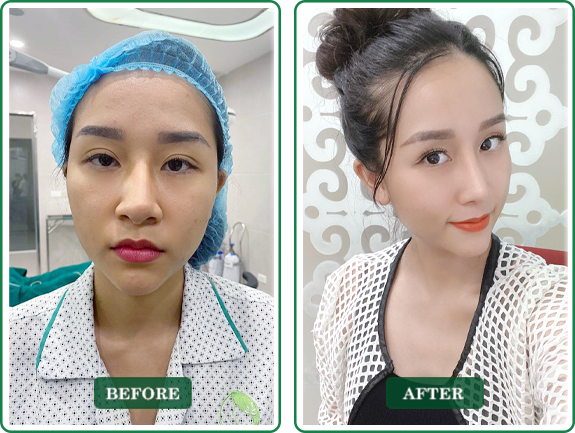
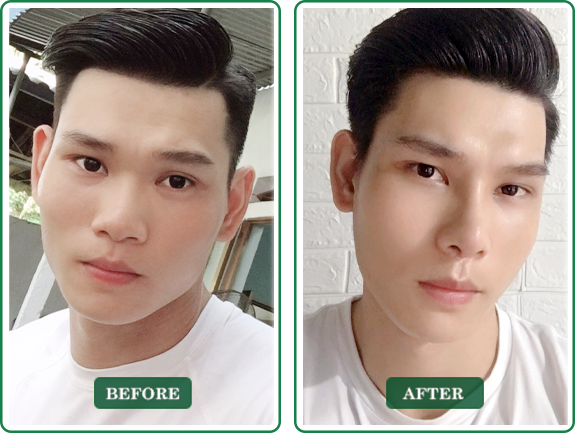

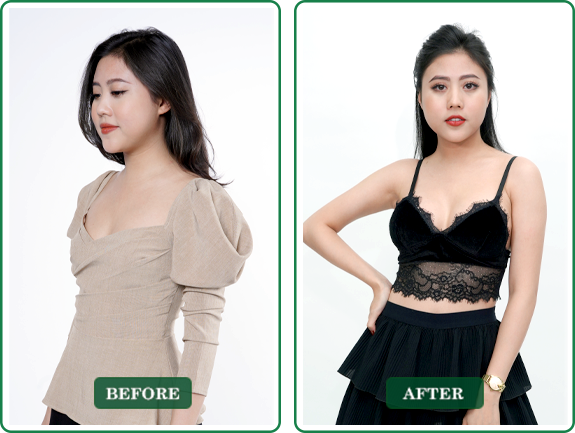


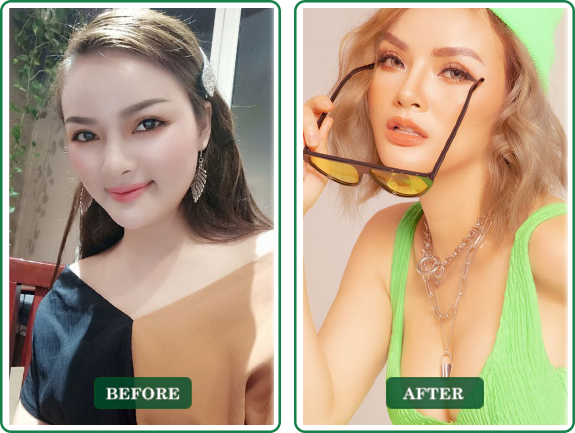

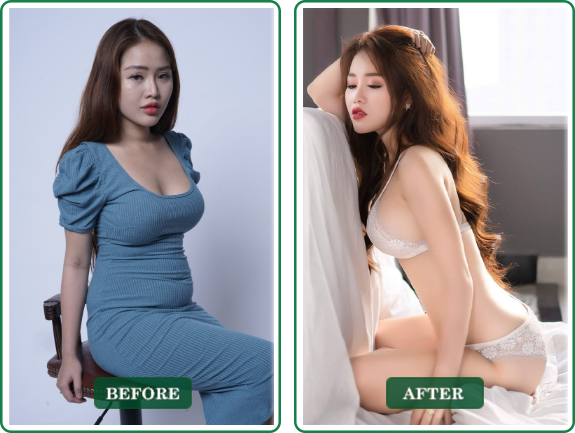

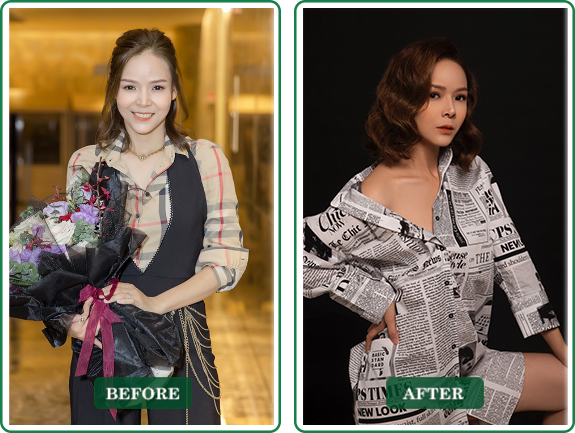
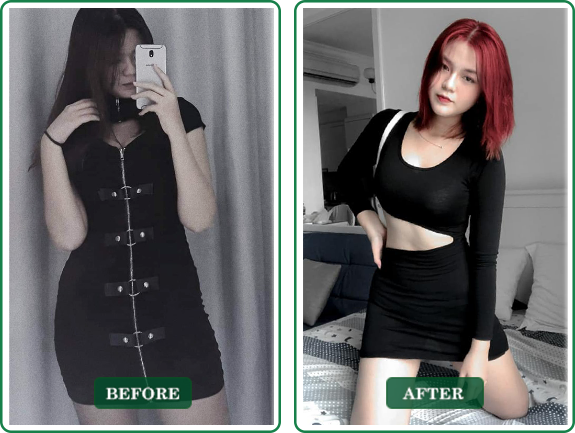
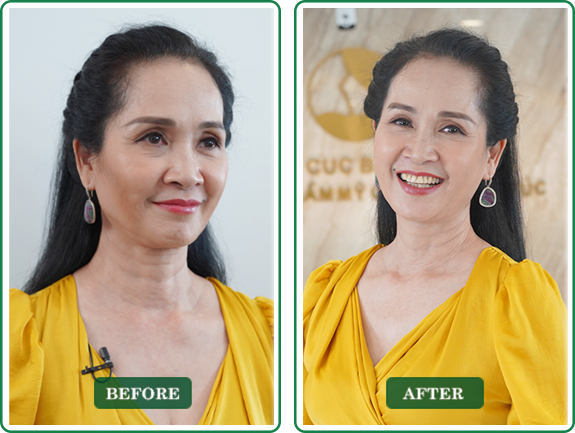




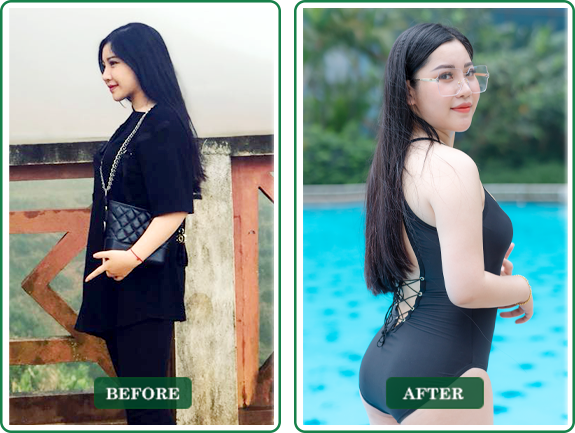
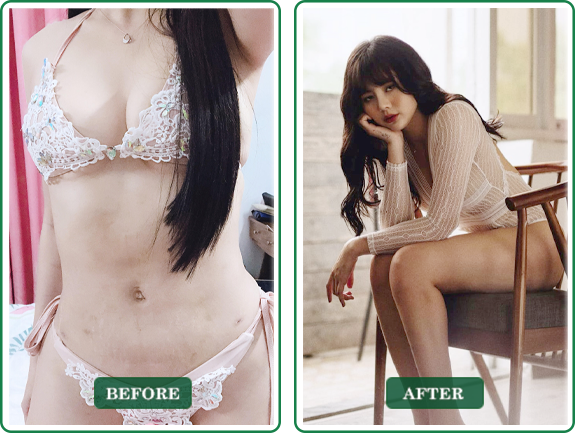
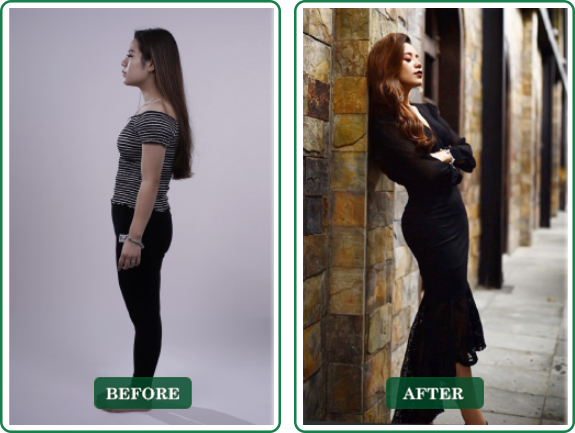
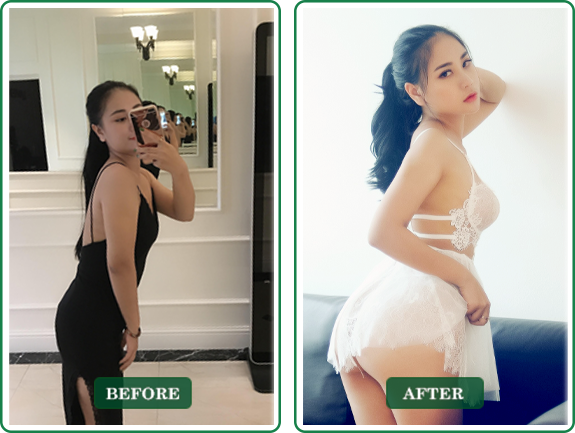
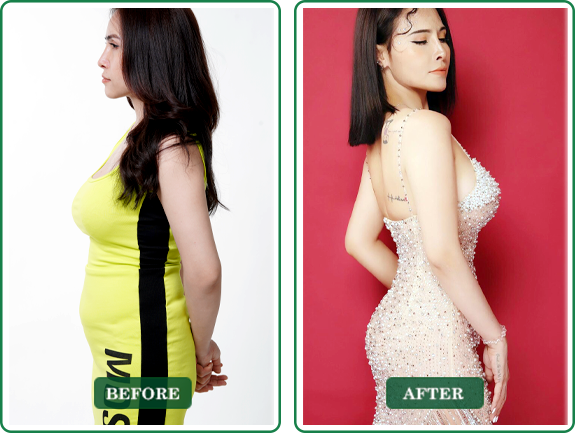

Huy chương vàng Dịch vụ chất lượng hoàn hảo do Bộ y tế trao tặng.

Địa chỉ làm đẹp uy tín của người nổi tiếng như diễn viên Mạnh Trường, diễn viên Hồng Diễm, Ca sĩ Vũ Duy Khánh, Á hậu Tú Anh, Trâm Anh,...

Hơn 24 năm kinh nghiệm, được Bộ Y tế cấp phép hoạt động, hợp tác chuyển giao công nghệ với các tập đoàn hàng đầu tại Hàn Quốc, Mỹ,...

Đội ngũ bác sĩ thẩm mỹ hơn 30 năm kinh nghiệm, hợp tác chuyên môn quốc tế với CuBa, Singapore,...

Bệnh viện thẩm mỹ chuẩn quốc tế, phòng mổ vô khuẩn 1 chiều hiện đại bậc nhất Đông Nam Á, trang thiết bị hiện đại, tiên tiến.

Chế độ hậu phẫu tận tâm, bảo hành chuyên nghiệp.
